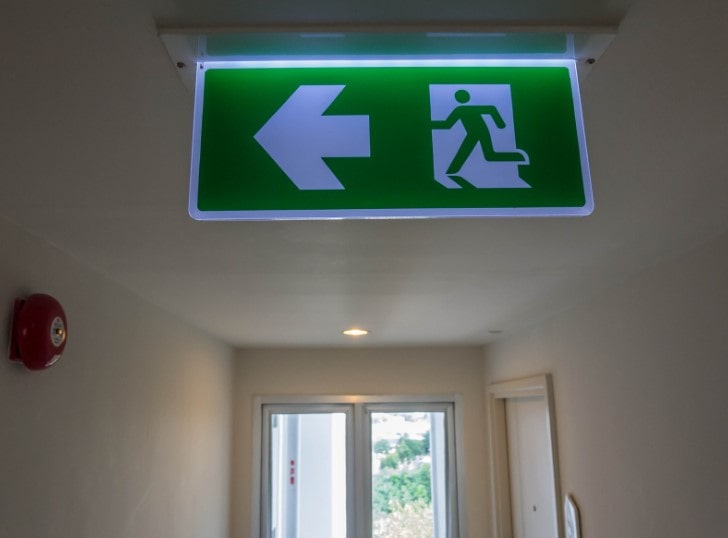
Meeting Emergency Light Testing Requirements: Essential Information For Building Managers
Emergency lighting refers to back-up lighting that kicks in during a mains power failure that leaves a building with no regular lighting. In the event of an emergency such as a fire or a flood, if there is no lighting, this can make an already precarious situation much worse. This is why emergency lighting is so important – it can make the difference between life and death. As a building manager it is your legal obligation to be sure that your building’s emergency lighting is up to standard.
What Is The Legal Requirement For Emergency Light Testing Frequency?
Legally you must carry out testing of emergency lighting both once a month and once a year. It is also recommended that you carry out a 3-hourly test annually to make sure that your back-up lighting levels, even if existent, are sufficient. For example, if a fire breaks out and your normal lighting fails, three hours provides enough back-up lighting coverage for firefighters to navigate the building and help residents to safety without having to struggle with a lack of light.
It is important to stay in line with the following:
-
Health and Safety At Work Act 1974
-
Regulatory Reform (Fire Safety) Order 2005 (RRO)
-
BS EN 50172:2004
-
BS 5266-8:2004 (emergency escape lighting systems)
-
BS 5266-1:2016 (Code of Practice for the Emergency Lighting of Premises)
What Is Involved In Emergency Lighting Tests?
Monthly and annual checks of emergency back-up lighting in buildings involve checking that all stand-by and other types of emergency lighting are functioning fully and as intended. This means ensuring that they are correctly positioned and aimed and that the lighting they provide is adequate for most means. Depending on the type of emergency lighting system you have installed, automated checks may be possible.
Keeping clear and thorough records of all emergency lighting checks carried out is crucial, because these notes can help in future should equipment begin to falter. In the case of an emergency in which emergency lighting also fails, you may be required to present evidence of adherence to legalities surrounding regular lighting checks. This is why it is so important to keep a log of emergency light tests.
Work With A Professional For Lighting Checks
In order to be sure that testing is carried out to the latest standards and regulations, we recommend professional testing. A professional electrician can spot issues before they become serious and can also make recommendations in increasing building safety overall. Contact the team at Mirus Energy today to get started.
Image Source: Canva

